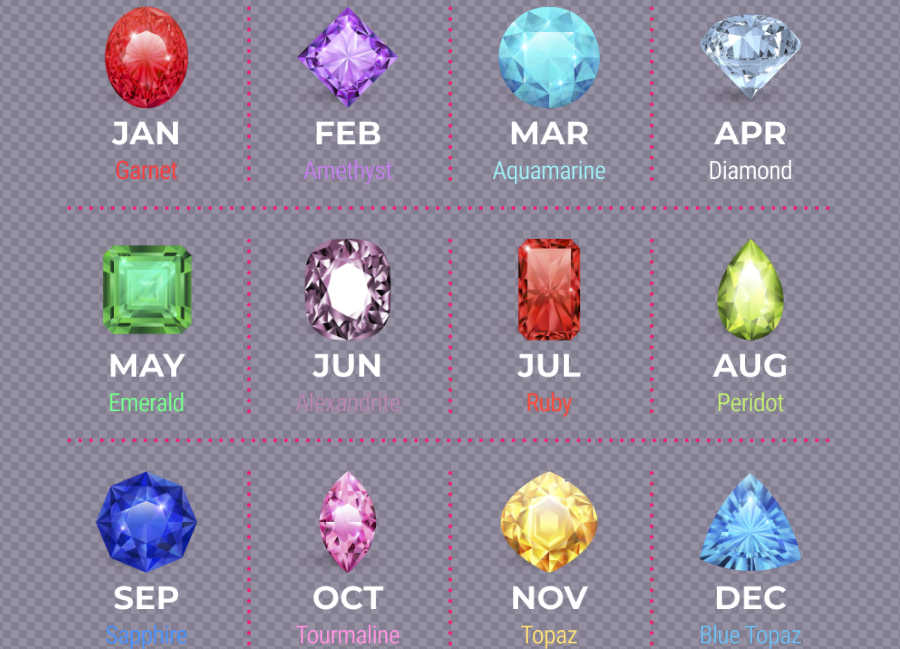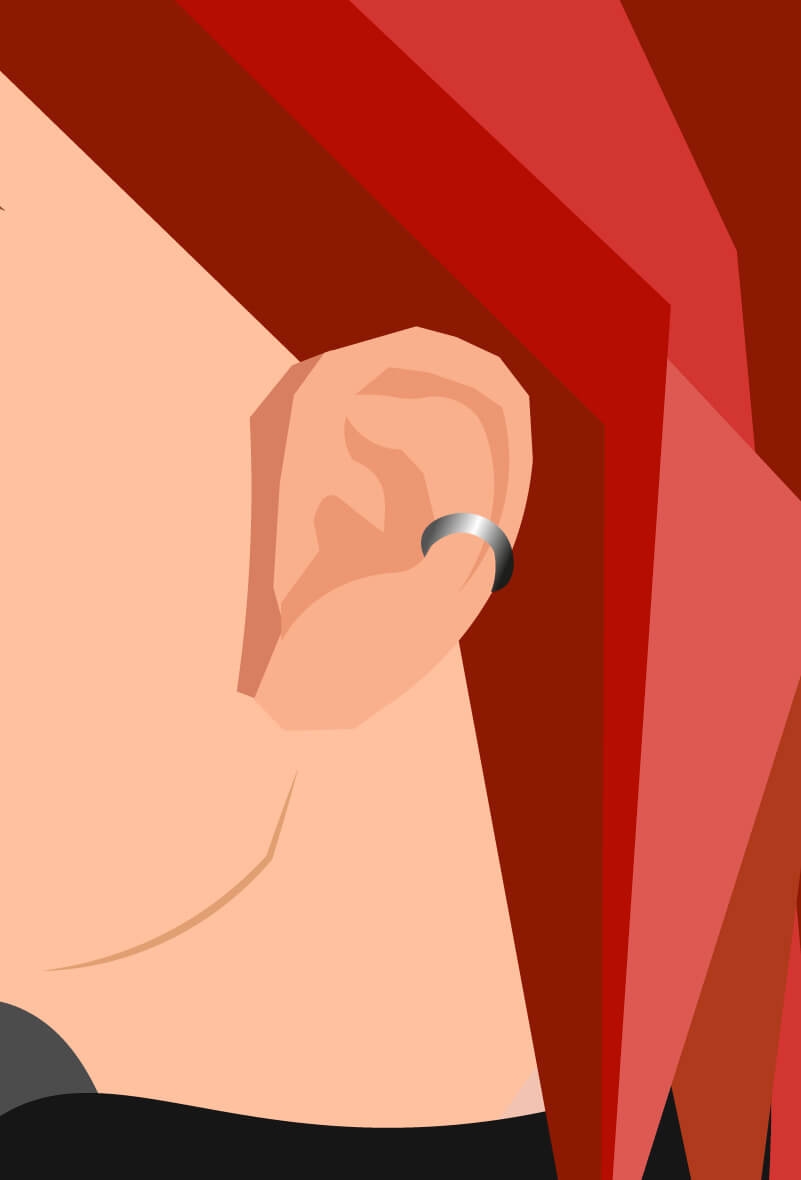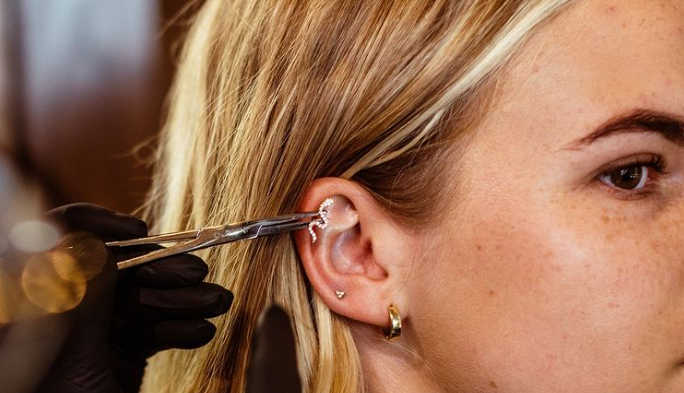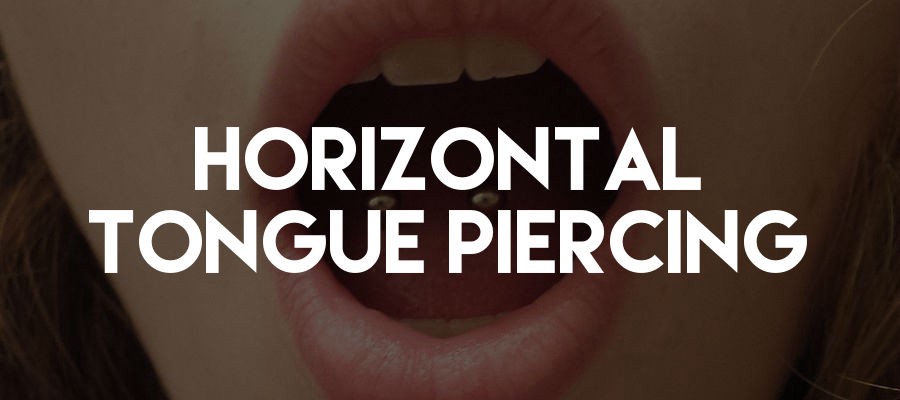Below are definitions of some common jewelry terms. If there is a word that is not on this list, and you would like to learn its definition, please contact us.
Glossary of Jewelry Terms
Jewelry Metal / Material
Alloy
A combination of metals fused together. Alloy is a metal made by combining two or more metallic elements, especially to give greater strength or resistance to corrosion. They are homogeneous mixtures of two or more substances. An example of an alloy is the tin in the mixture of copper and tin that makes bronze.
A jewelry alloy is any malleable (capable of being formed or bent into different shapes), ductile (easily molded) base metal that is added to precious metal to improve its corrosion resistance and other properties.
Like gold, pure silver is soft and easily damaged. Therefore, jewelry makers often alloy silver with harder metals to improve its durability. With silver alloys, they can make beautiful, strong pieces suitable for daily wear.
Aluminum
A silver/white metal that is lightweight and malleable. Unless you have a fairly rare type of metal allergy, aluminum is a good hypoallergenic choice. It does not contain Nickel, which is a pretty common allergen. Aluminum is super light, hypoallergenic, doesn’t rust/tarnish, easy to clean, eco friendly, comes in pretty colors, less expensive.
Berlin Iron
Cast iron jewelry, worked into delicate openwork patterns, and made in Berlin during the first half of the nineteenth century
Brass
An alloy made up of roughly half copper and half zinc, which has a nice yellow color. Brass is one of the most popularly used metals for jewelry, partly due to its resemblance to gold. It has been used since its creation in making beautiful jewelry designs. Due to its affordability, workability and durability, brass is a very good choice for jewelry and is increasingly being used in the jewelry world.
Bronze
A very dense, heavy alloy of 60% Copper and 40% Tin. Bronze is an alloy majorly containing copper. It is extensively used in making handicrafts and jewelry. Bronze jewelry is safe to wear unless you have a nickel allergy. Nickel allergy is a health factor affecting 6% of people. Some symptoms of a nickel allergy are red eyes, itchy skin, rashes on skin, dry patches on skin, skin discoloration and even blisters.
10k
A gold alloy that includes 41.7% pure gold and 58.3% alloy.
14k
A gold alloy that includes 58.5% pure gold and 41.5% alloy.
18k
A gold alloy that includes 75% pure gold and 25% alloy.
24k
A gold or gold alloy that is over 99.95% pure gold.
Jewelry Type / Classification
Amulet / CHURINGA
A pendant or charm that is worn for its protective or magical powers.
Anniversary Band
A ring–often an eternity band–is given to commemorate an anniversary.
Bangle
A traditionally rigid, non-flexible bracelet. A bangle is a jewelry item that is rigid, ring-shaped, and made of metal. The traditional bangle is a closed circular design, lacking a clasp closure.
Bracelet
A bracelet may be made from an array of materials and is a flexible piece typically closed by a clasp.
Baroque
A general term for bold, ornate, heavy-looking ornamentation. This jewelry style is marked by pieces that are bold, ornate, and heavy-looking.
Bling Jewelry
A general term for flashy jewelry, often worn as an indication of affluence. Bling jewelry is usually made in silver or gold with cubic zirconia or diamonds. The term “bling” itself represents the shine and glitter coming from cubic zirconia or diamond stones.
Book Chain
A Victorian style of chain that is made in solid gold or sterling silver, in which each link is a rectangular folded piece of metal resembling a book.
Jewelry Stone
Abalone Stone
A deposit made from inside a seashell. The abalone stone is the highly sought-after shell of the abalone creature. It contains both beauty and healing energy properties.
Agate Stone
Agate is a common rock formation, consisting of chalcedony and quartz as its primary components, with a wide variety of colors. Agates are primarily formed within volcanic and metamorphic rocks.
Alexandrite Stone
Alexandrite is a color change-variety chrysoberyl and is considered one of the rarest gemstones in the world. According to GIA, Alexandrite’s finest dual colors are vivid grass green in daylight and fluorescent light, and an intense raspberry red in incandescent light.
Amazonite Stone
An opaque form of feldspar. Amazonite is a beautiful blue-green semi-precious gemstone that is used all over the world for everyday jewelry and healing practices.
Amber Stone
Amber is a fossilized tree resin that has been appreciated for its color and natural beauty since Neolithic times. Much valued from antiquity to the present as a gemstone, amber is made into a variety of decorative objects. Amber is used in jewelry. It has also been used as a healing agent in folk medicine.
Amethyst Stone
A clear purple, blue, or violet variety of crystallized quartz. Amethyst is crystalline quartz in colors ranging from pale lilac to deep reddish-purple. With a relatively high hardness of 7, the February birthstone is a fine face table jewelry gem for all purposes. Lower grades of material can be cabbed, carved, and made into a great variety of beads and other ornamental objects.
Aquamarine Stone
A transparent blue, blue-green, or green variety of Beryl, is often considered a semi-precious gemstone and used in jewelry.
Baguette Stone
A baguette diamond is a step-cut diamond commonly used as a side stone or accent stone. Baguette diamonds are long and rectangular or tapered and feature 14 facets.
Beryl Stone
A mineral consisting of a silicate of beryllium and aluminum of great hardness that occurs in colorless hexagonal prisms when pure and in various colors such as: green, blue, yellow, or pink, when not pure. Beryl has been said to have the power to keep demons away, to promote happiness and marital love, increase sincerity, cure laziness, protect travelers from danger, and maintain youthfulness. Pliny The Elder used a powdered form of beryl to cure eye injuries, as well as disorders of the heart and spine.
Birthstone
A gemstone that is symbolically associated with the month of one’s birth. January is garnet, February is amethyst, March is aquamarine, April is diamond, May is emerald, June is alexandrite, July is ruby, August is peridot, September is sapphire, October is tourmaline, November is topaz, December is blue topaz.
Blister Pearl
An irregularly shaped and hollow pearl, cut from the shell of an oyster. Typical pearls are grown inside the tissue of an oyster. Blister pearls, however, grow against the inside of an oyster’s shell. As a result, blister pearls must be cut out of an oyster.
Blue Topaz
A topaz that is light brown or colorless when mined, which turns a vivid blue when exposed to heat. This vivacious blue gemstone is known as the stone of clarity. The Blue Topaz meaning allows you to channel your inner wisdom and find the perfect pathways to successful opportunities. Anyone who wears this gemstone should embrace their authentic self, trust their power, and revel in good fortune.
Briolette
A pear-shaped, faceted stone. A briolette is a style of gemstone cut – an elongated, faceted pear shape. It is often drilled to hang as a bead. The style was popular during the Victorian era. The Smithsonian Institution has a 275-carat (55.0 g) diamond briolette necklace presented by Napoleon Bonaparte in 1811 to his Empress consort Marie Louise.
Jewelry Process
Anneal
The process of hardening glass pottery or metal, by alternately heating and pounding it.
Anodized
A process in which a metal object is placed in an acid bath and an electrical current is passed through the tank.
Antiquing
The process of darkening the recessed areas of gold or silver jewelry, in order to enhance the visibility of the engraving, thus giving the piece an aged, or.
Asscher Cut
An octagonal diamond cut. An Asscher cut diamond features a flat table, large step facets, and a high crown. Most notably, the shape of the Asscher cut is square. The corners are truncated (or cropped), meaning it is technically an octagon, but when the stone is set, this is not even noticeable.
Black Antique
A jewelry piece that has had a long-lasting black paint applied to it.
Blemish
A flaw, spot, or scratch on the surface of a gemstone.
Braided
A jewelry design element in which multiple strands of an often precious metal appear to be woven together.
Brilliance
The intensity and amount of light reflected from inside a diamond or gemstone.
Baguette Cut
A rectangular diamond cut with four corners creates a rectangle or four-sided polygon. The baguette cut diamond has a long, rectangular shape and is cut with 14 facets. This shape belongs to the “step-cut” family, which also includes emerald and Asscher cut diamonds. In fact, many people often confuse emerald and baguette cuts.
Bearding
Small, feather-like cracks along the girdle of a diamond.
Basse-taille
A technique of applying glass enamel to a metal surface.
Brilliant Cut
The brilliant-cut is the standard cut style for diamonds and consists of a total of 58 facets: 1 table, 8 bezel facets, 8-star facets, 16 upper-girdle facets on the crown, 8 pavilion facets, 16 lower-girdle facets, and usually a culet on the pavilion or base.
Buff top cabochon
A style of stone cutting, where the top of the gemstone is a dome (en cabochon) and the pavilion is faceted. The Buff Top is a cut that combines two classic styles. The top is domed with a cabochon cut, while below the girdle, the gem has facets on its pavilion. The mix between a cabochon top cut and faceted bottom provides the illusion of depth as the eye is drawn into the center. This cut is very popular in men’s jewelry.
Brushed Finish
A texturing technique used on metals, where a series of tiny parallel lines are scratched onto the surface with a wire brush or polishing tool
Jewelry Accessories
Bezel
A setting for a stone, that has a collar instead of prongs, in order to secure the stone.
Bolt ring
A finding that is entirely or partially hollow, drawn back on an internal spring, which connects rings. Bolt ring clasps are a safe and secure way of fastening a necklace or a bracelet. They are circular in shape with a small lever on the side for opening and closing.
Box Setting
A stone is enclosed in a box-shaped setting with metal edges that are pressed down to hold the stone in place.
Brooch
A brooch is a piece of jewelry held on with a pin or clasp. Either a large pin or an ornamental piece of jewelry with a pin and clasp to be attached to clothing.
Ten articles before and after
What is Lava Made of? What is Lava Stone Good for?
What Happens When Your Evil Eye Bracelet Falls off?
Conch Piercings - The Ultimate Guide
Body Jewellery Online - About our online shop



